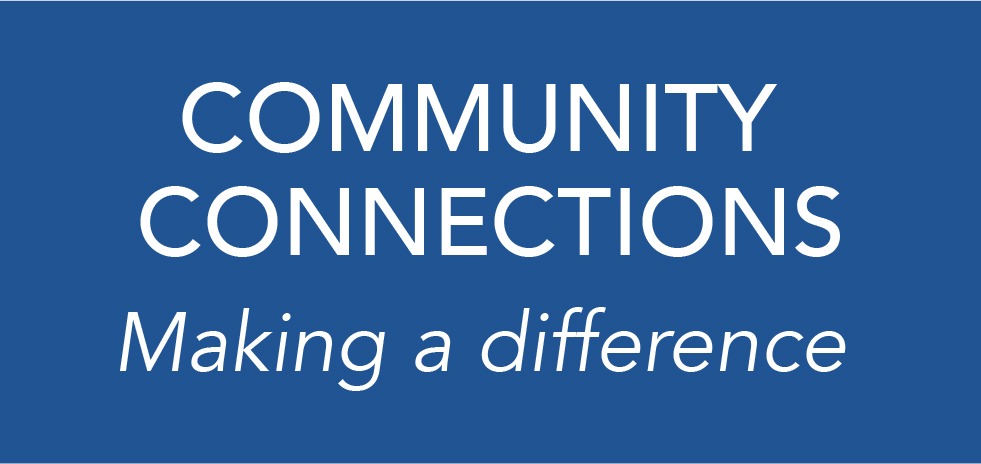If you have been strength training for a while, you know how hard your core has to work to keep you stable and protect your lower back. So the very first thing to check as a trainer and for yourself, is how strong and stable a client’s core or “powerhouse” is. In order to gauge the strength and support of your core, a good exercise to start with is bird/dogs. To perform these, you will begin on hands and knees stacking wrists under shoulders and knees under hips. Release right arm front and left leg back bring back into starting position and switch sides. This exercise will help to feel out where your balance is and where you may need to improve. Another way to take this exercise and progress is to move laterally, taking legs and arms out to the side, back to center, and down to start.

The very first thing I look for when training clients is how strong their center is. For women, more of a focus on pelvic floor strength is crucial, which can become weak from pregnancy, childbirth, menopause, heavy lifting, coughing, and obesity (ACEFitness.org). Specific exercises to work the pelvic floor include squats and working with a pilates ball between the inner thighs, performing bridges, and lower core-focused exercises. These are simple exercises anyone can do from home as well, so there really are no excuses!
There are a couple core strength assessments I do as a trainer to check my clients’ center and what we would need to do to help strengthen. One is the basic crunch or sit up if they are able to progress and to see how long to hold a plank for, either both knees up or a modified plank position knees to mat. I then work to first train my client on a stable surface and explain that strengthening the core first is crucial before moving on to other strength training and balance exercises.
As the client progresses, we will then work to add a slightly unstable surface such as the stability ball. Another way to help progress core strength is adding some sort of resistance such as plates, dumbbells, barbell, etc. Once core strength has improved, progressing to standing core exercises is the next step to improving core strength. Standing core specific exercises and balance work on an unstable surface, such as a BOSU, can help make you more aware of core engagement. Working on balance in combination with continuing core strength only helps with activities of daily living and helps to prevent falls and injuries.


































